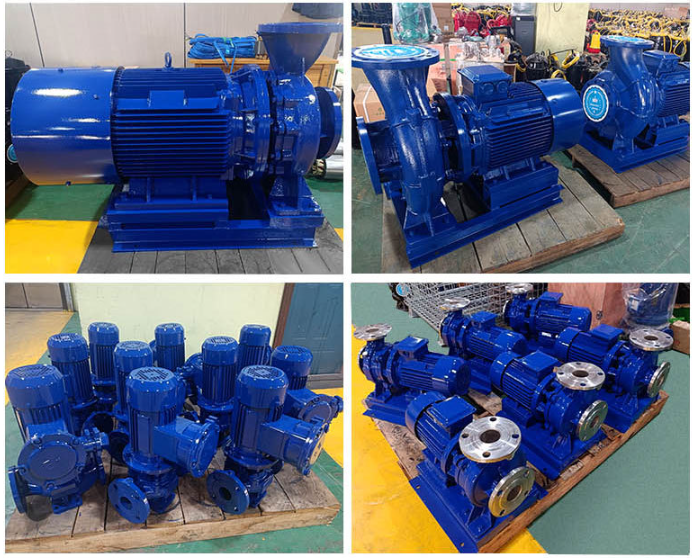Marathi
- Afrikaans
- Albanian
- Amharic
- Arabic
- Armenian
- Azerbaijani
- Basque
- Belarusian
- Bengali
- Bosnian
- Bulgarian
- Catalan
- Cebuano
- Corsican
- Croatian
- Czech
- Danish
- Dutch
- English
- Esperanto
- Estonian
- Finnish
- French
- Frisian
- Galician
- Georgian
- German
- Greek
- Gujarati
- Haitian Creole
- hausa
- hawaiian
- Hebrew
- Hindi
- Miao
- Hungarian
- Icelandic
- igbo
- Indonesian
- irish
- Italian
- Japanese
- Javanese
- Kannada
- kazakh
- Khmer
- Rwandese
- Korean
- Kurdish
- Kyrgyz
- Lao
- Latin
- Latvian
- Lithuanian
- Luxembourgish
- Macedonian
- Malgashi
- Malay
- Malayalam
- Maltese
- Maori
- Marathi
- Mongolian
- Myanmar
- Nepali
- Norwegian
- Norwegian
- Occitan
- Pashto
- Persian
- Polish
- Portuguese
- Punjabi
- Romanian
- Russian
- Samoan
- Scottish Gaelic
- Serbian
- Sesotho
- Shona
- Sindhi
- Sinhala
- Slovak
- Slovenian
- Somali
- Spanish
- Sundanese
- Swahili
- Swedish
- Tagalog
- Tajik
- Tamil
- Tatar
- Telugu
- Thai
- Turkish
- Turkmen
- Ukrainian
- Urdu
- Uighur
- Uzbek
- Vietnamese
- Welsh
- Bantu
- Yiddish
- Yoruba
- Zulu
Telephone: +86 13120555503
Email: frank@cypump.com
ऑगस्ट . 01, 2024 00:11 Back to list
Supply of Submersible Mixed Flow Propeller Pumps for Efficient Fluid Management Solutions
Supply Submersible Mixed Flow Propeller Pumps An Overview
Submersible mixed flow propeller pumps are vital components in a wide array of applications, particularly in water management and industrial processes. These pumps are designed to operate underwater, making them ideal for transferring liquids from wells, reservoirs, and other submerged locations. This article delves into the operational principles, advantages, applications, and maintenance considerations associated with submersible mixed flow propeller pumps.
Operational Principles
Submersible mixed flow propeller pumps utilize a unique design that combines features of both axial and radial flow pumps. The primary component, the propeller, is located at the bottom of a pump casing and is driven by a motor that is also submerged. As the propeller rotates, it imparts energy to the fluid, causing it to move upward through the pump and discharge it through a vertically oriented outlet.
The mixed flow aspect refers to the flow pattern of the fluid within the pump. In this design, water is drawn in axially through the propeller and is then forced out radially as it travels up the pump casing. This results in higher efficiency and capacity compared to traditional centrifugal pumps, especially in applications that require high flow rates at relatively low heads.
Advantages
The advantages of submersible mixed flow propeller pumps are significant. One major benefit is their ability to operate efficiently in deep installations where space is restricted. Because the entire assembly is submerged, issues related to cavitation are minimized, and the pump can handle a wider range of flow rates and liquid types without risking damage.
Furthermore, these pumps require less maintenance compared to surface-mounted options. Since the motor is protected from environmental factors such as debris and water exposure, the longevity of the equipment is improved. The compact size of these pumps also facilitates easier installation and reduces overall footprint requirements, making them an attractive choice for various settings.
supply submersible mixed flow propeller pump

Applications
Submersible mixed flow propeller pumps find utility in numerous applications. In the agricultural sector, they are often used for irrigation and drainage, effectively transferring water from sources to fields. In civil engineering, these pumps are crucial for dewatering operations, enabling construction activities even in saturated ground conditions.
Moreover, municipal water systems rely on submersible mixed flow propeller pumps for water supply and sewage treatment. Their ability to handle both clean and wastewater makes them highly versatile in urban infrastructures. In industrial applications, these pumps often assist in transporting chemicals and other liquids, ensuring efficient processes across manufacturing environments.
Maintenance Considerations
Despite their robust design, submersible mixed flow propeller pumps require regular maintenance to ensure optimal performance. Key aspects include routine inspections for wear and tear, monitoring operating parameters for any unusual fluctuations, and ensuring that the electrical connections remain secure and free from corrosion.
Additionally, the impeller and motor should be checked periodically for debris accumulation, which can hinder performance and lead to premature failure. Replacement parts should be readily available to minimize downtime in case of malfunctions.
Conclusion
In conclusion, supply submersible mixed flow propeller pumps are vital for fluid handling in various sectors, combining efficiency, durability, and versatility. With their unique operational principles and numerous applications, these pumps will continue to play a crucial role in modern water management and industrial processes. Investing in quality submersible pumps and adhering to proper maintenance protocols ensures seamless operations and longevity, benefiting both users and the environments they serve.
-
ISG Series Vertical Pipeline Pump - Chi Yuan Pumps Co., LTD.|High Efficiency, Energy Saving, Low Noise
NewsJul.30,2025
-
ISG Series Vertical Pipeline Pump- Chi Yuan Pumps|High Efficiency&Low Noise
NewsJul.30,2025
-
ISG Series Vertical Pipeline Pump-Chi Yuan Pumps Co., LTD.|High Efficiency&Energy Conservation
NewsJul.30,2025
-
ISG Series Vertical Pipeline Pump - Chi Yuan Pumps Co., LTD.|Advanced Hydraulic Design&Energy-Efficient Solutions
NewsJul.30,2025
-
ISG Series Vertical Pipeline Pump - Chi Yuan Pumps Co., LTD.
NewsJul.30,2025
-
ISG Series Vertical Pipeline Pump - Chi Yuan Pumps Co., LTD.|energy-efficient fluid handling&industrial durability
NewsJul.30,2025










